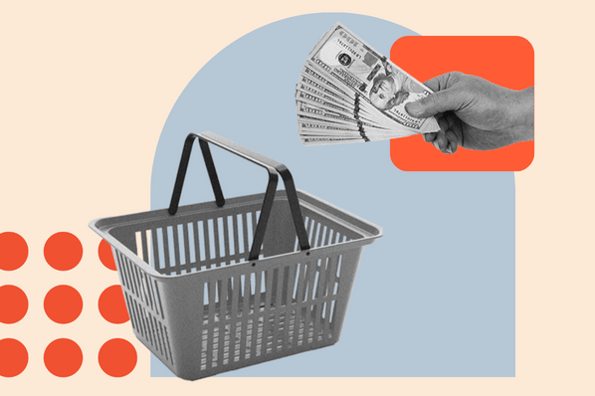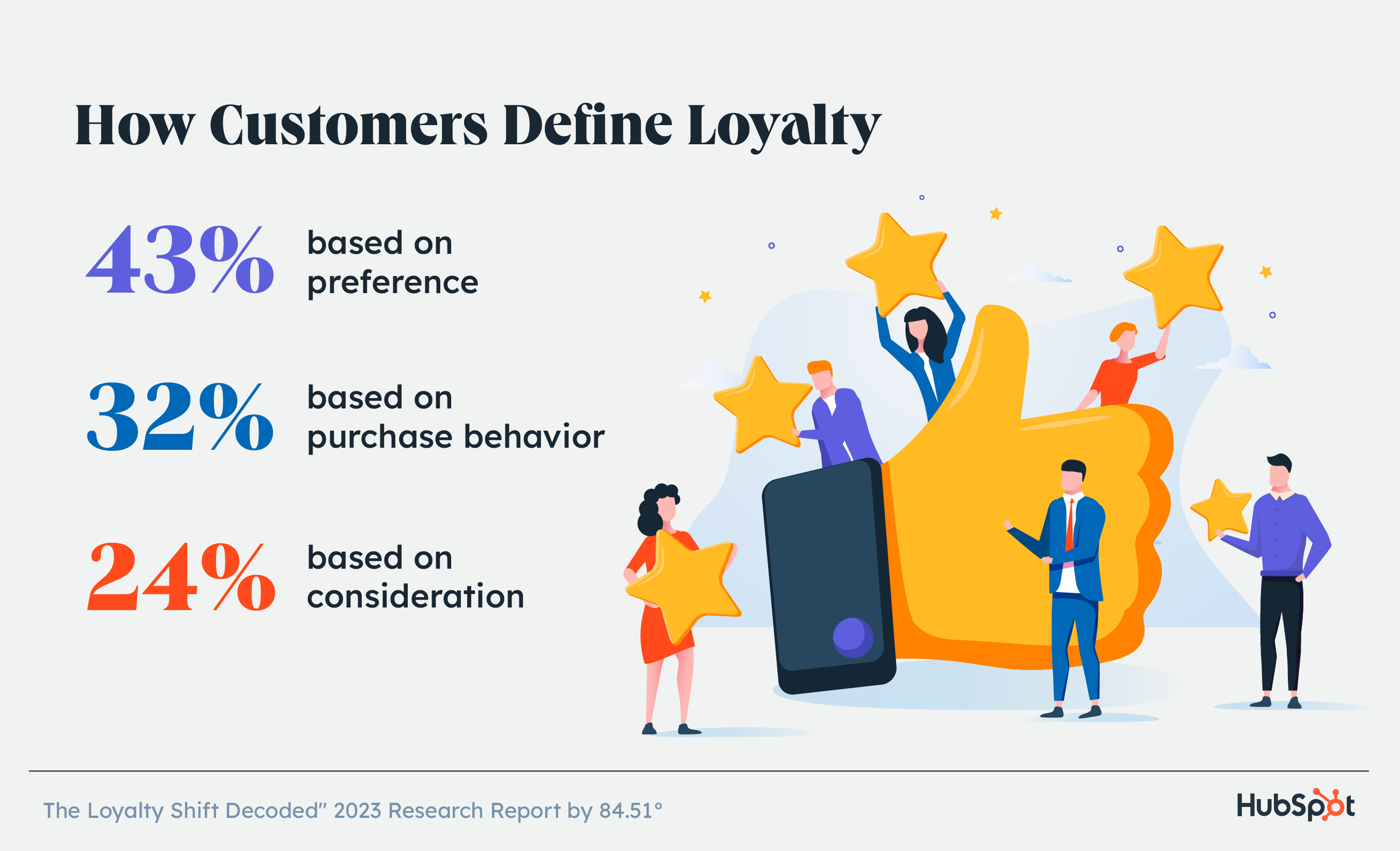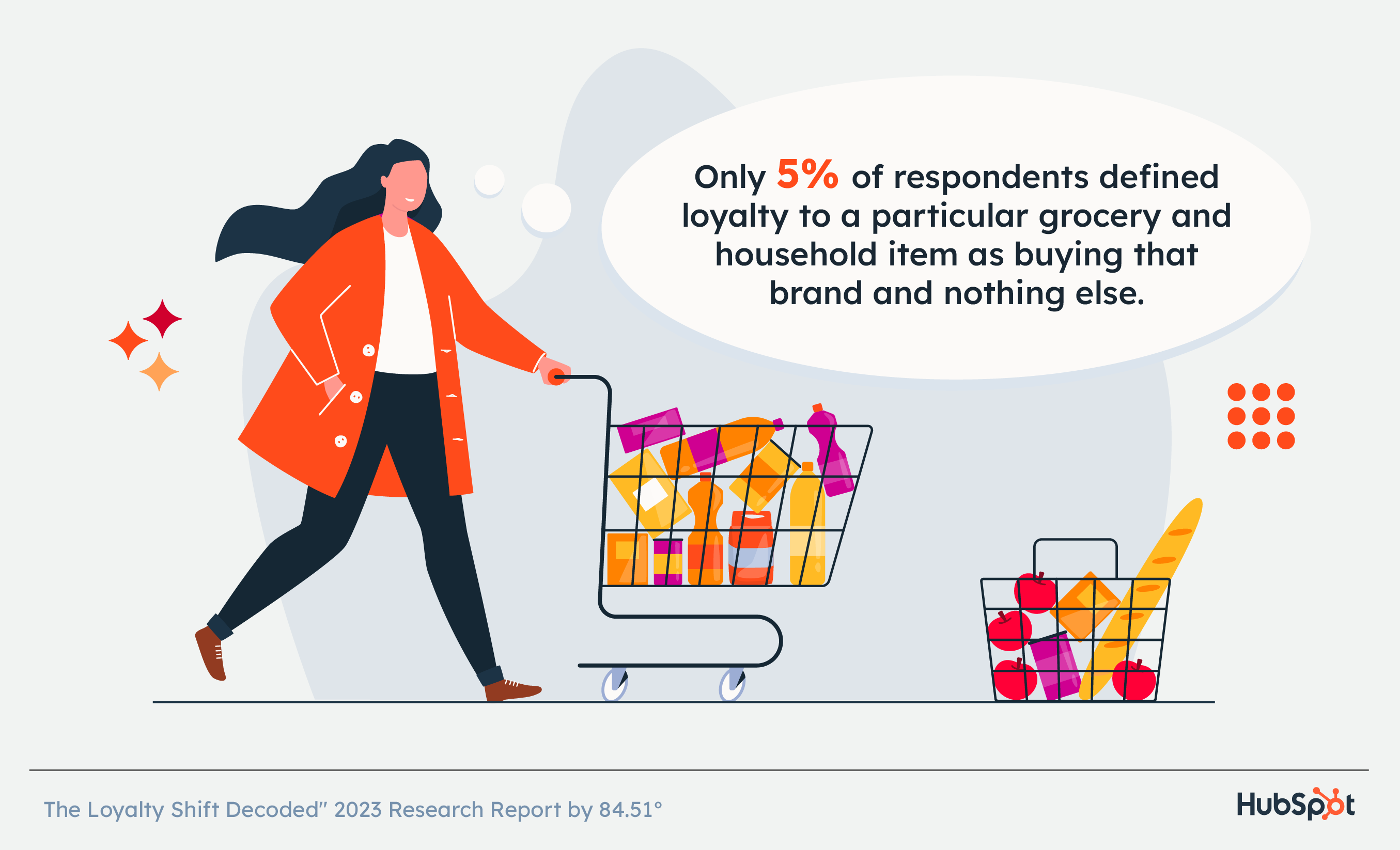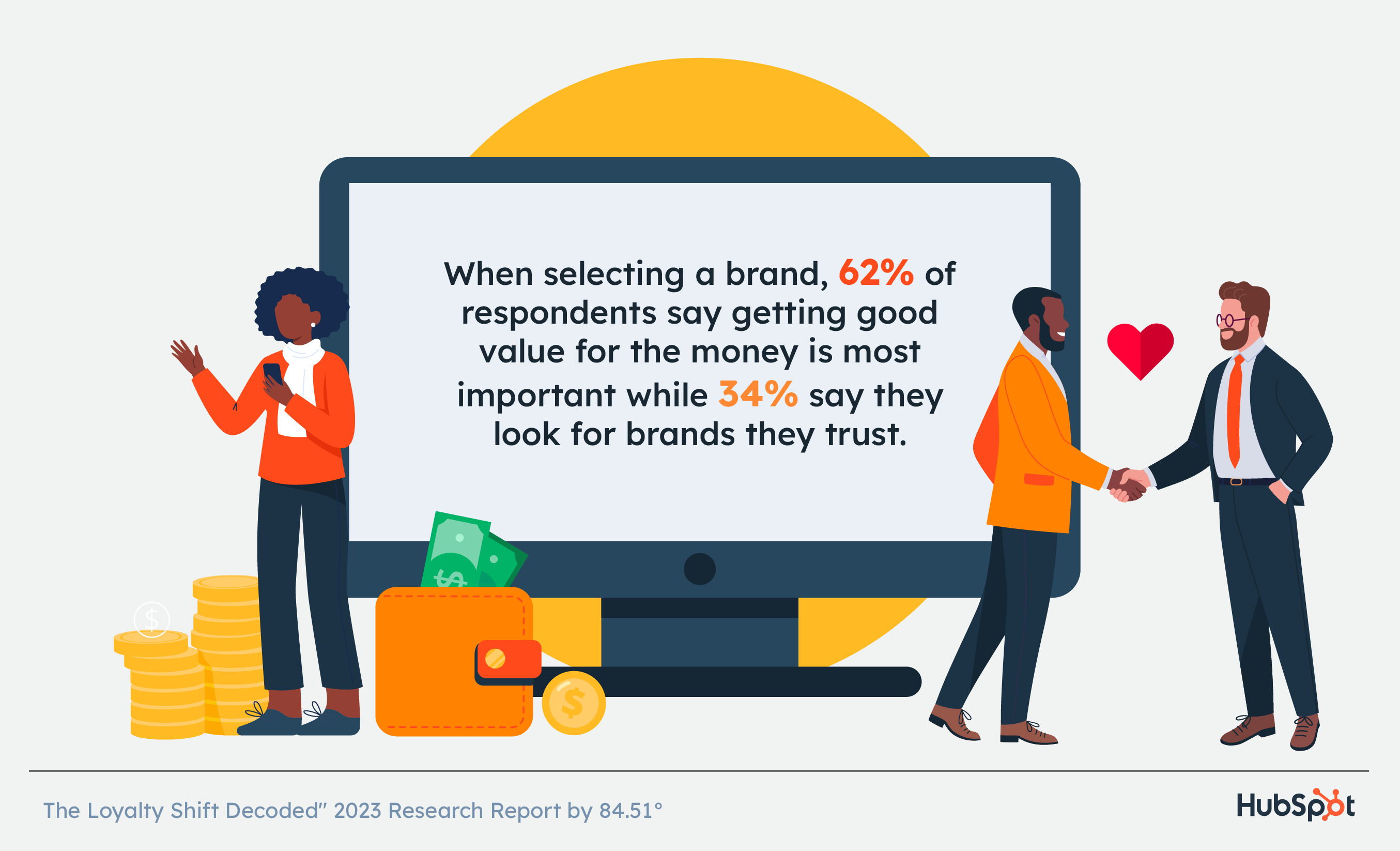Research Finds Customer Loyalty Isn't What It Used to Be [2023 Data]
It’s a reality we can’t ignore: Customers are increasingly exploring different brands and shopping options. Product unavailability and depleted inventory shelve coupled with rising prices have made even the most loyal customers inclined to venture beyond their go-to brands.
![Research Finds Customer Loyalty Isn't What It Used to Be [2023 Data]](https://blog.hubspot.com/hubfs/good%20introduction%20sentence%20%281%29.png#keepProtocol)
It’s a reality we can’t ignore: Customers are increasingly exploring different brands and shopping options. Product unavailability and depleted inventory shelve coupled with rising prices have made even the most loyal customers inclined to venture beyond their go-to brands. Does that mean brand loyalty is dead? Our new research report at 84.51°, “The loyalty shift decoded,” finds that’s not the case. What is happening is a shift in what it means to customers. Our research has uncovered insights into customers’ changing priorities and preferences to help brands understand the role different factors play in customers’ purchase decisions – read on for the key takeaways. At a glance, here are some high-level insights from our research report: Now, let’s dig into the data further. There is no shortage of videos and social posts of customers proclaiming their loyalty to a brand. Food influencers gushing about fan-favorite grocery items have spurred enormous followings. Make no mistake — customers sharing their enthusiasm for a brand and describing themselves as loyal fans is always a win. But all this buzz comes with a caveat. Even if a company has many self-proclaimed loyal customers, it’s essential to understand how those customers define loyalty. 84.51°’s research report shows the following: This distinction underscores the importance of understanding shopper motivations and attitudes to develop an effective loyalty strategy that delivers meaningful outcomes. It is also essential to have the right metrics in place to accurately assess business performance and growth. Social media followers, total number of loyalty program members, etc., should be layered with other metrics and integrated into a deeper analysis of the path to purchase. Thought starter: How do the majority of your customers define brand loyalty and is it aligned with your organization’s definition? Are your loyalty metrics paired with a business objective? Naturally, customers who define loyalty as purchasing one brand regardless of price, convenience and other factors, are highly valued. Inflation and supply chain challenges, though, have made it difficult to retain these types of customers. In our research, only 5% of respondents defined loyalty to a particular grocery and household use item as buying “that brand and nothing else.” A greater percentage (26%) said they have a preferred brand but are willing to try something else. Approaching loyalty from this perspective has significant implications for how brands should engage customers. Not only do brands need to win customers—they need to consistently give customers a reason to shop their products instead of their competitors at critical touchpoints. Traditional tactics to remind customers of your brand, such as sending loyal customers a birthday card and offering previews of new products are, frankly, not enough. Brands have to up the ante by differentiating themselves from competitors and ensure that they win and maintain customer mindshare. Recommendations for strengthening customer relationships include: Thought starter: What can your organization do to be a customer’s “preferred brand?” What pain points could you resolve for customers that would strengthen the customer relationship? When selecting a brand, 62% of respondents said getting “good value for the money” was most important, followed by 34% who said they look for brands that they trust. Trust and brand value are interconnected; when a brand earns customer trust, its value increases. Conversely, brands without trust hold no value for customers. Brands can establish and strengthen trust in their brand value by doing the following these steps. Customers gravitate to brands and products that not only fulfill their expected functions but also reassure them that they made the right choice. Study shopper insights to understand what motivates shoppers, what their concerns are and communicate the ways your products meet those concerns through storytelling. Assist customers in making informed decisions by providing valuable product information, such as portion/size guides, FAQs, and recipe tips. Become a trusted resource that customers can rely on for accurate and helpful insights. This involves being honest about product features, potential issues, and limitations. It also means acknowledging mistakes and taking proactive measures to rectify them. When brands are transparent, customers feel respected and are more likely to place their trust in the brand. Shoppers desire options, but they don't want to struggle when making choices. Simplify the decision-making process by offering personalized suggestions and guides, removing unnecessary complexity and helping customers navigate with ease. Relatability is key—customers seek brands that resonate with their lifestyle, values and aspirations. Foster transparency by openly sharing brand values, affinities, and interests important to your customers. You should also cultivate a genuine connection that makes customers feel understood and appreciated. Thought starter: What is your organization doing to build and maintain trust with your customers? Does your organization consistently deliver on its promises? Brand loyalty is a vital asset for any business looking to thrive in today's competitive marketplace. It fosters customer retention, provides a competitive edge, generates positive word-of-mouth, saves on marketing costs, and offers resilience during challenging times. By taking the time to understand what matters to customers and how they define loyalty, brands are in a stronger position to meet those expectations and differentiate themselves from competitors. Businesses that build and nurture customers insights can create lasting relationships with customers, drive growth, and secure long-term success in an ever-evolving business landscape.
What We Know About Brand Loyalty
Every Customer Has Their Own Definition of Loyalty

How to Win and Maintain Customer Mindshare

5 Tips for Building Customer Trust and Value

1. Reassure your customers.
2. Be a reliable resource.
3. Embrace transparency.
4. Streamline the customer journey.
5. Create authentic connections.
Brand Loyalty Reimagined
We're committed to your privacy. HubSpot uses the information you provide to us to contact you about our relevant content, products, and services. You may unsubscribe from these communications at any time. For more information, check out our Privacy Policy.
Learn how to build a brand for your business that stands out.

 Lynk
Lynk 


































